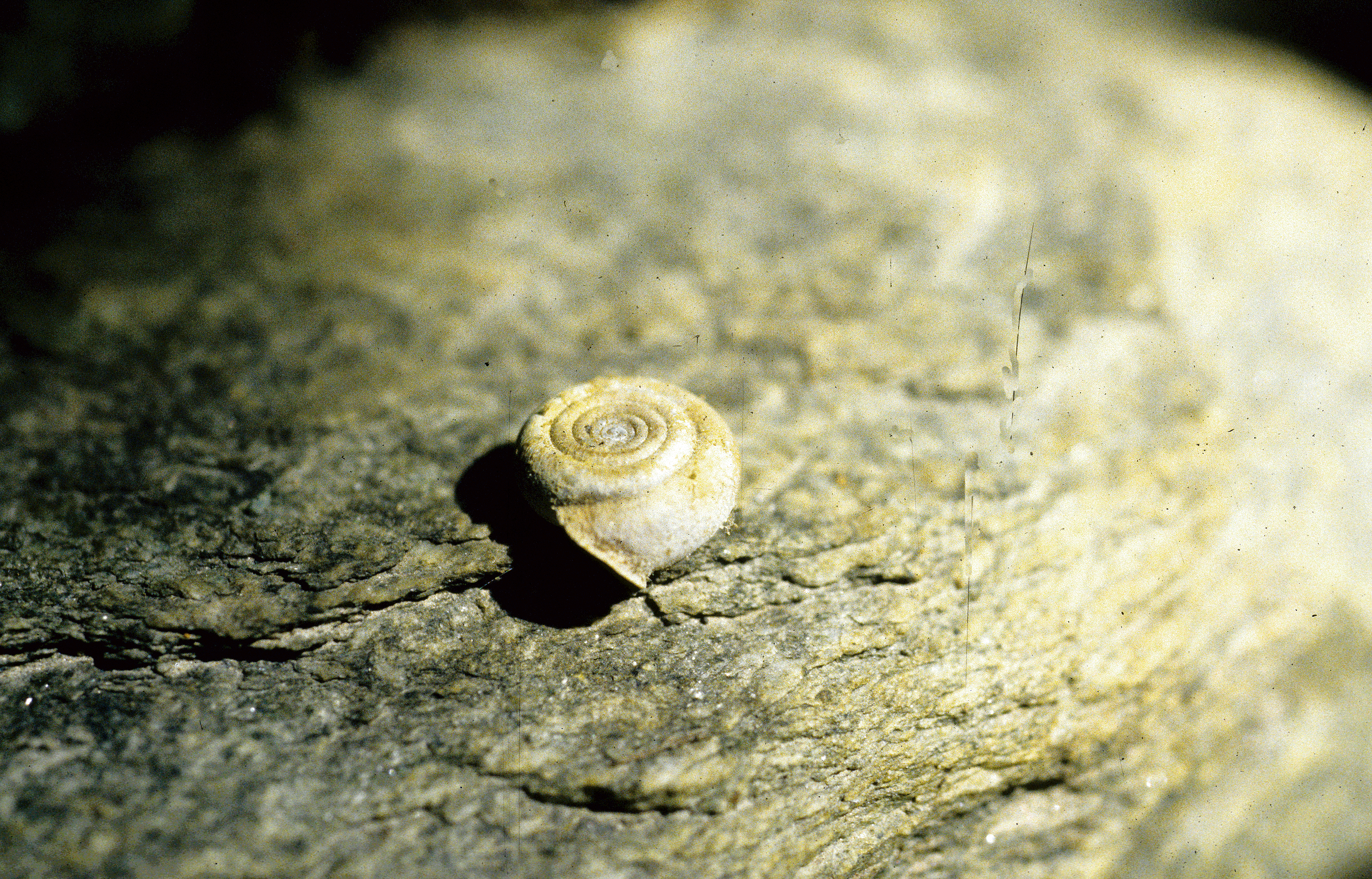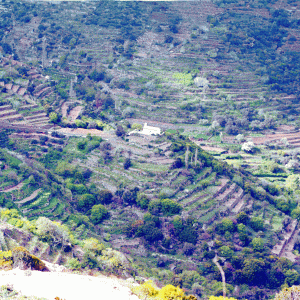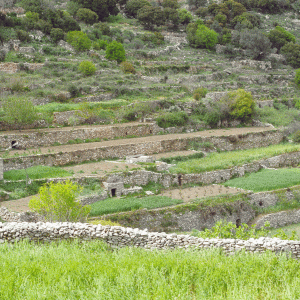All types of dry stone masonry are usable for amphibians and reptiles. The exception is combined natural stone-concrete masonry, which usually cannot meet the requirements of the two species groups. Particularly valuable are single-sided constructions, e.g. EH2S, EH3S, EH1S, EHBlock, EHKorb, which are additionally backwalled or backfilled with suitable material. This should largely consist of a heterogeneous mixture of stones with a diameter of at least 20 - 40 cm, so that there are sufficient usable cavities and passage systems. It is important for amphibians and reptiles to have sufficient joint width, which should be at least 20 - 30 mm in places, and 40 - 50 mm if large species are present. Specific access points should be created at the base of the wall. If possible, backfilling with finer material should be avoided. The backfill must be accessible to amphibians and reptiles; the use of filter fleeces should be avoided whenever possible. Particularly valuable are frost-free areas at a depth(h) of more than 100 cm that serve as winter quarters.
Dry stone walls are colonised independently by amphibians and reptiles; settlements should be avoided. Renovations must take into account that amphibians and reptiles use dry stone walls as winter quarters and cannot escape during hibernation. The dismantling of walls with machines is more harmful than dismantling by hand. If renovation is carried out in stages, the animals can escape to old sections of the wall or be relocated.
In dry stone wall projects (renovation and new construction), it must be clarified whether there is a known population of amphibians or reptiles in the project area. This information can be obtained from the karch (www.karch.ch) and the cantonal nature conservation offices. In consultation with these offices, the best course of action can be determined, or additional measures in the area can be planned (piles of branches, stone lenses, etc.).














